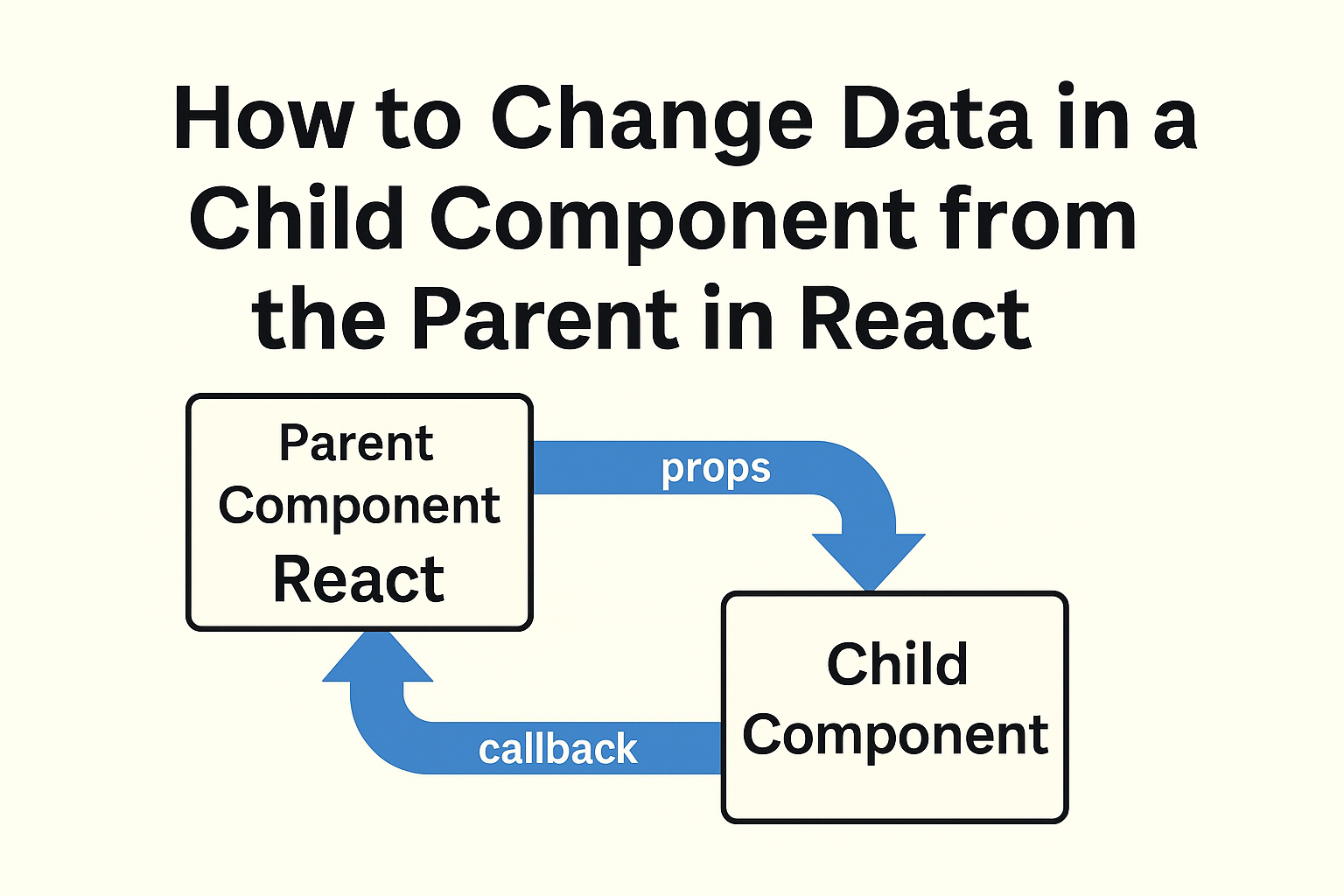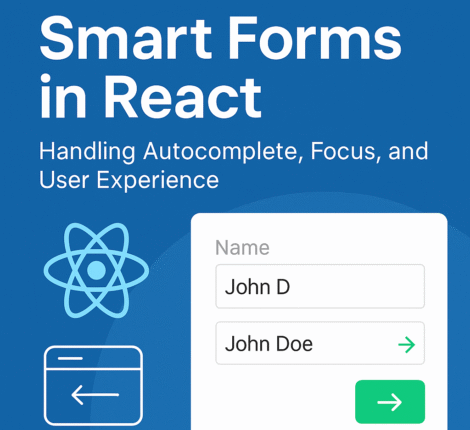In Java-based applications that interact with relational databases, handling binary data types such as VARBINARY can be tricky. Developers often run into issues when they attempt to retrieve VARBINARY fields as strings, leading to garbled output or runtime errors. This article will guide you through the correct approach to read VARBINARY fields from a database using JDBC and PreparedStatement.
Whether you’re storing encrypted data, files, or non-text blobs, knowing how to safely extract and process binary data is critical for application correctness and security.
What is a VARBINARY Field?
The VARBINARY data type in SQL is used to store variable-length binary data. It differs from VARCHAR or TEXT fields in that it does not assume any character encoding or human-readable format. Common use cases include:
- Encrypted values (e.g., hashed passwords or tokens)
- File content (PDFs, images)
- Serialized Java objects or protocol buffers
Since the content is not meant to be human-readable, treating VARBINARY data as a String directly is an error-prone practice.
Common Mistake: Using getString() for Binary Data
Here’s a common but incorrect way developers try to read binary fields:
String s = resultSet.getString("MY_VARBINARY_FIELD");
This method attempts to interpret the binary data as a character string, which can cause:
- Data corruption
- Loss of information
SQLExceptionor encoding errors
Instead, binary data must be retrieved using the getBytes() method.
Correct Way: Using getBytes() with PreparedStatement
Below is the recommended way to retrieve and handle a VARBINARY column using PreparedStatement:
String sql = "SELECT MY_VARBINARY_FIELD FROM MY_TABLE WHERE KEY1 = ? AND KEY2 = ?";
try (PreparedStatement stmt = connection.prepareStatement(sql)) {
stmt.setInt(1, key1);
stmt.setInt(2, key2);
try (ResultSet rs = stmt.executeQuery()) {
while (rs.next()) {
byte[] binaryData = rs.getBytes("MY_VARBINARY_FIELD");
// Example: converting binary data to a string (only if it was originally a UTF-8 encoded string)
String output = new String(binaryData, StandardCharsets.UTF_8);
System.out.println("Retrieved: " + output);
}
}
} catch (SQLException e) {
e.printStackTrace();
}
Important Notes:
- Never assume binary data is text. Only convert to
Stringif you know it was originally UTF-8 or a known charset. - Use streams (
getBinaryStream) for very large binary data such as files. - Ensure encoding consistency: If you store UTF-8 encoded text as binary, retrieve it using UTF-8.
Storing Binary Data in the First Place
When inserting binary data, use the setBytes() or setBinaryStream() methods:
byte[] data = Files.readAllBytes(Paths.get("document.pdf"));
stmt.setBytes(1, data);
Or, for large objects:
InputStream input = new FileInputStream("largefile.zip");
stmt.setBinaryStream(1, input);
Debugging Tips
- If you see weird characters like
�ornull, you’re likely treating binary as text. - Check the database schema to confirm the column type (
VARBINARY,BLOB, etc.). - Use a database client to inspect raw byte content if needed.
Conclusion
Reading VARBINARY fields in Java correctly is essential for ensuring data integrity and avoiding runtime issues. By using getBytes() instead of getString(), and respecting the nature of binary data, your application will be more robust and easier to maintain.
If your data started as text, remember to encode and decode using the same charset (e.g., UTF-8). For everything else—files, hashes, encrypted blobs—treat it as a byte array from start to finish.



